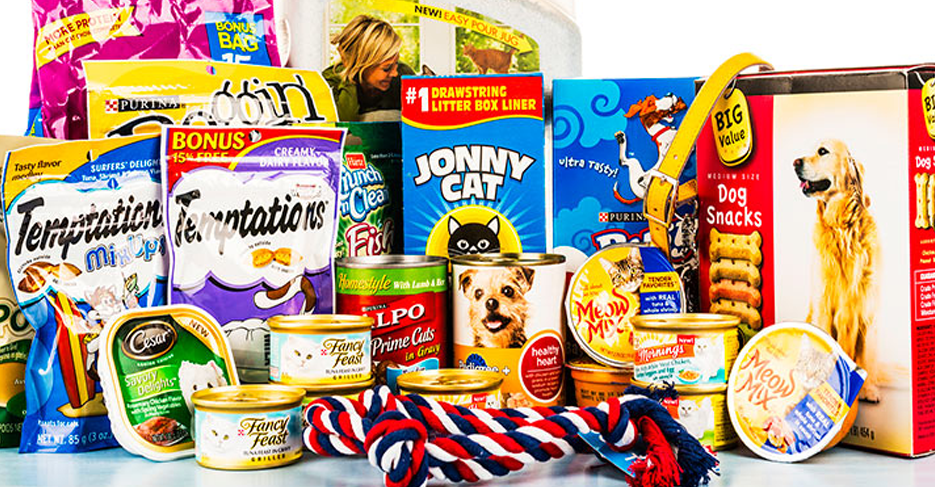As responsible dog owners, we are vigilant about the contents of the food and products we buy for our pets. However, have you ever considered the potential dangers of pet food packaging?
Most chemicals used in packaging can migrate into foods, posing health risks to our pets. Bisphenol A (BPA) is a common plastic package chemical that can cause endocrine disruption, leading to impaired brain function, heart disease, diabetes, cancer, asthma, and reproductive disorders. BPA is prevalent in plastic packaging for frozen and dry dog foods, treats, and supplements, as well as in plastic food and water bowls.
When considering the safety of dog food packaging, it’s important to note that many products are generally safe, especially when the packaging is made of glass and the seal is located between the lid and glass, preventing contact with the lid.
Tin, steel, and aluminum are highly recyclable materials, comparable to glass. They are commonly used for dog food cans, which are ubiquitous. However, these materials are often coated to protect against rust, food discoloration, and flavor loss. While some coatings may raise concerns, significant advancements in coating research have led to the development of safer alternatives for companies to use. Paper is an eco-friendly option for recycling, but it has limitations. It can only be recycled a certain number of times before it wears out and requires new additives to strengthen it. Additionally, most paper packaging requires a coating to prevent spoilage and odor, which can potentially allow chemicals to leach into the contents. Furthermore, some coatings prevent paper from being recycled again. Cardboard shares similarities with paper in terms of recyclability but is stronger and can be recycled more times. However, cardboard alone is not sufficient to protect products and often requires coatings or liners, which can be made of plastic and may contain BPA and phthalates. It’s also important to remember that if cardboard is coated or soiled, it becomes non-recyclable from an environmental perspective. What can be done to promote safer packaging for dog food? Consumers should read labels carefully, not only for ingredients but also for phrases like ‘eco-friendly packaging’ and ‘BPA-free container.’ While these terms are not as prevalent as desired due to the time and cost involved for companies, increased consumer demand for safer packaging can encourage more companies to adopt such practices. Companies that prioritize package safety should be supported by consumers, either by calling or emailing to express their preference for safer packaging options for pets.

